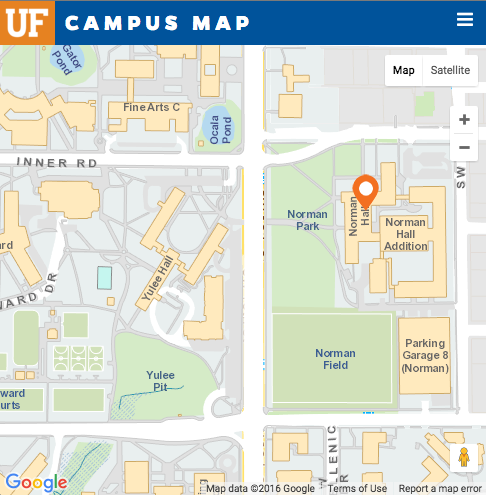Teaching Students to Solve Social Problems

image credit: Yoel Ben-Avraham
Teaching Students to Solve Social Problems
As educators, we know that social problems among students are common issues in our classrooms. Teachers encounter social problems on a daily basis such as:
- only four students can use the computer center but a fifth student wants a turn;
- during group work, one student does not get along with another student;
- three students argue over a football at recess and a shoving match ensues; or
- a student does not share the art materials with others and words are exchanged.
Behaviors like these are commonplace, but over time they can escalate and may cause some serious issues in the classroom. Thus, it is important to provide supports and interventions that teach students with social and behavioral needs how to solve problems with other people. By doing so, you can help them to establish and maintain appropriate relationships and help them learn to display prosocial behavior while at school and beyond.
What is Social Problem Solving?
Social problem solving is the cognitive-behavioral process that an individual goes through to solve a social problem. Typically, there are five steps within this process:
1. Identifying that the problem exists: Recognizing there is a problem that needs to be solved.
2. Defining the problem: Naming and describing the problem.
3. Generating solutions: Coming up with many possible solutions for the problem.
4. Evaluating solutions and enacting the chosen solution: Evaluating each possible solution to select the one that is most likely to solve the problem, and then effectively carrying out the chosen solution.
5. Assessing the outcome: Determining whether the problem was solved or not. If the problem was solved, no need to repeat the process. If the problem still exists or if another problem appears, the process might need to begin again.
For many competent problem solvers, this process can be automatic and skilled social problem solvers may not go through the process in a linear fashion or even realize the steps they take to solve the problem. Students who are limited in their problem solving ability, however, must be taught explicitly the step-by-step process.
How to Foster Social Problem Solving in Your Classroom
Teaching students to solve a social problem is similar to solving other types of problems, such as in math. Start by teaching explicitly each step of the social problem-solving process to your students and review the process often. An acronym can be used to help them remember the steps. For example, the Cognitive Behavioral Research Group at the University of Florida developed the following acronym as part of the Take CHARGE! curriculum to teach middle school students the process:
Check – See If You’re Angry
Hold on – Calm Down & Think
Analyze – Figure Out the Cause
Reflect – On Possible Solutions
Go for it – Pick a Solution
Evaluate – See What Happened
There are many other ways to foster social problem solving in your classroom.
- Have students apply the social problem-solving process to problems that they encounter in school. Go through the social problem-solving steps with students to help them decide on the best solution.
- Include practice for social problem-solving skills by using activities, games, and role-plays throughout your school day.
- Incorporate social problem-solving instruction in other subject areas.
- Literacy instruction: have students decide how a book character could solve a problem.
- Writing: have students write about problems they encounter, solutions they brainstormed, how they enacted the solution, and the outcome.
Be sure to reinforce students when they use the social problem-solving process appropriately and make good behavioral choices. If you are more comfortable using a curriculum to teach social problem solving, check out Tools for Getting Along: Teaching Students to Problem Solve (for upper elementary students) and Take CHARGE! (for middle school students).





